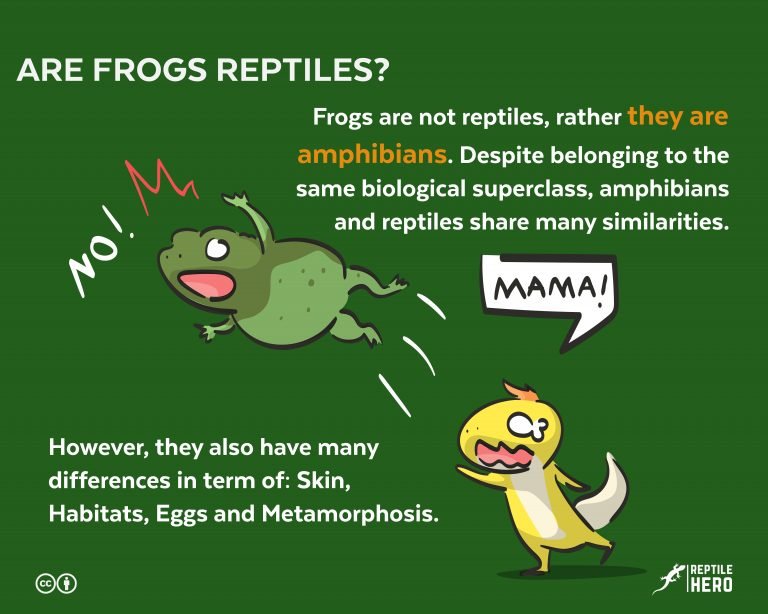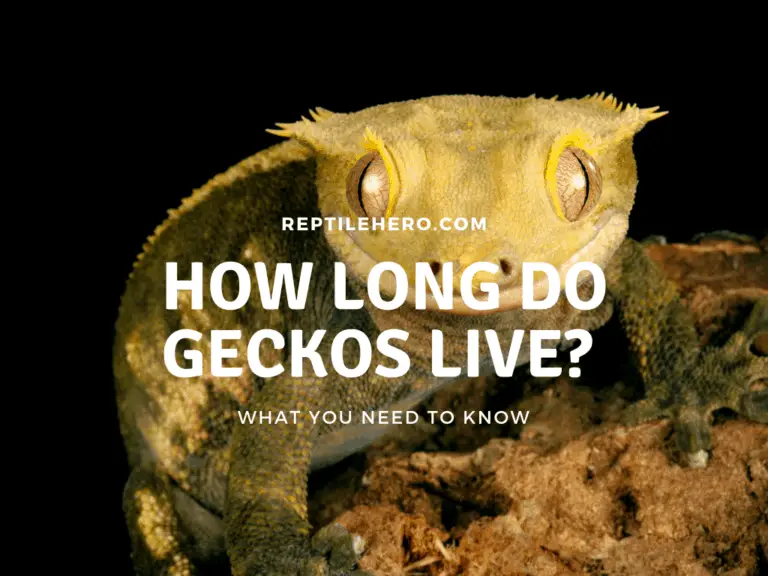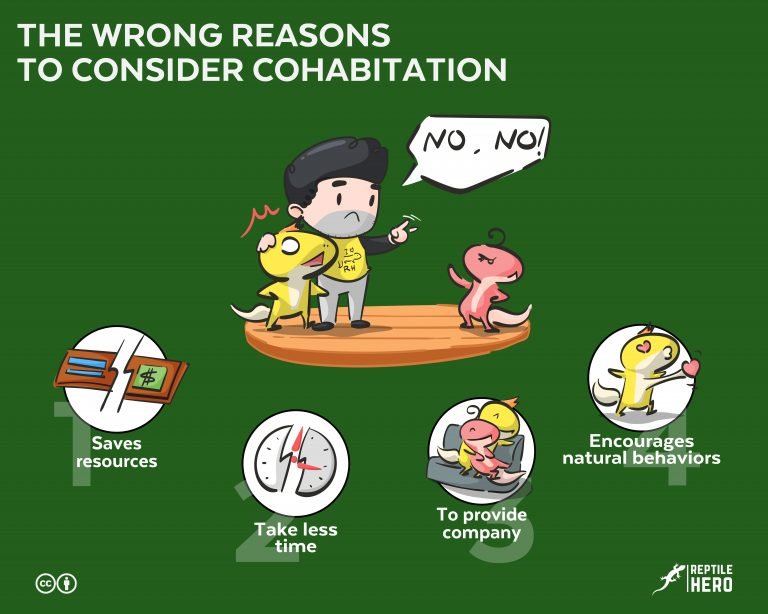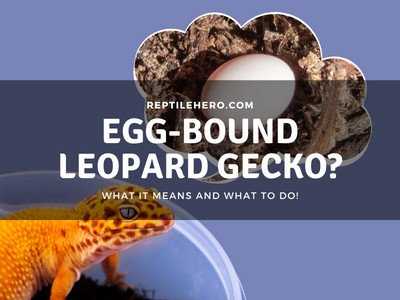What is Enrichment? Do Geckos Need It? (Benefits & Risks!)
You probably have a vague idea of what enrichment is if you came across this article. But not many people really explain what it is in great detail and why it is important. Even more concerning, people don’t talk about the negative consequences of not providing pet geckos with enrichment. So I’ll take on the challenge myself!
In general, enrichment is the practice of improving a captive gecko’s quality of life with various provisions and activities that encourage positive natural behaviors. Offering geckos options and letting them make decisions are considered crucial aspects of animal enrichment.
Is enrichment an optional part of reptile husbandry? Or is it actually essential for them to live a good life? Read on to find out!
Enrichment 101 for Geckos: What Does It Really Mean?
Animal enrichment is the practice of enhancing the wellness of geckos, and other herps, kept in captivity. It involves providing geckos with both active and passive means of being physically and/or mentally stimulated through foraging and enriched tanks.
Let’s be honest here, no gecko deliberately chooses to stay in captivity. We force them to. So the least we can do for them is to ensure that they not only feel comfortable in our care but also stay sufficiently stimulated [1].
It’s basically the same for humans too, right? Staying idle outside of trying to meet all our basic physiological needs can be greatly detrimental to us. We need to be entertained, engaged, and even challenged to live a meaningful life—and so do our little geckos!
Owners present enrichment to their pet geckos with the following goals in mind:
- Encourage productive and positive natural behaviors
- Reduce or eliminate negative behaviors
- Minimize stress experienced in captivity
- Provide a tank that is designed to mimic their native habitats
- Give them some control over their life and environment
- Offer options for them to choose from
- Let them decide how to respond
All of these contribute to a gecko’s overall quality of life. In other words, enrichment is key to fostering the advancement of existing recommended husbandry standards and practices.
More importantly, though, enrichment strategies should be tailored to each unique gecko species’s biological and environmental needs. For instance, arboreal geckos may better utilize vertical spaces whereas terrestrial species typically require more horizontal room.
7 Types of Enrichment for Geckos and Other Animals
From all the years that I’ve spent keeping a leopard gecko, I have come across many different enrichment categories.
Some provide highly generalized types of enrichment, while others try to give more detailed classifications. So don’t be surprised if other classifications have much more than seven, or a lot less than that.
There are seven main types of enrichment strategies for geckos and other animals:
- Feeding: food and how it’s presented
- Sensory: olfactory, visual, tactile, auditory, taste
- Object: natural and artificial novel objects
- Climate: light levels, thermal gradients, humidity variation, etc.
- Environment: physical or structural tank components
- Cognitive: mentally stimulating and/or challenging
- Social: interacting with other geckos, animals, and humans
However, I would like to emphasize that none of these are mutually exclusive from each other. Rather, these seven broad forms of enrichment are often closely interlinked with one another.
When you let your gecko hunt for live prey, for example, you could give it feeding, sensory, and cognitive enrichment.
Learn about our 40+ enrichment strategies in our article on gecko enrichment ideas and toys.
Is Gecko Enrichment Optional or Essential?
Experienced geck owners and scientists assert that enrichment should be viewed by keepers and breeders as an important and indispensable factor in proper reptile-keeping.
Unfortunately, providing geckos with a myriad of enriching food, toys, decors, and activities is commonly viewed as a practice reserved only for experienced gecko owners.
Enrichment is even seen as an unnecessary “luxury” by some. But this couldn’t be any farther from the truth!
As a matter of fact, experts argue otherwise. One study, in particular, promotes the conclusion of various enrichment strategies in regular gecko-keeping practices because of their various benefits [2]!
The 19 Positive Effects of Enrichment for Geckos
As a general rule, geckos do not require enrichment to live. However, the provision of engaging and stimulating activities and items has been proven to significantly improve their well-being.
Even though geckos can indeed live without being given enrichment, they would just be surviving and not thriving in those circumstances—especially when they are kept in very little and bare enclosures.
Conversely, with enrichment comes a myriad of benefits for you and your gecko [3, 4].
Below are some of the positive effects of providing pet geckos with enrichment in captivity:
- Efficient basking and thermoregulation
- Sharper senses
- Behavioral flexibility
- Increased activity and exploration
- Leaner muscles and overall fitness
- Better immune response
- Heightened brain plasticity
- Faster learning and cognitive development
- Boosted memory capabilities
- Improved resiliency and coping response
- Enhanced prey drive
- Stronger bond with caretaker
- More frequent and successful breeding
- Longer lifespans
But that’s not all there is to it. Enrichment doesn’t just add value to your gecko’s daily life. It can even lessen the incidence of behaviors and also prevent the development of adverse conditions and illnesses [5, 6].
Additionally, providing pet geckos with enrichment in captivity can also reduce or eliminate:
- Distress
- Boredom
- Aggression
- Self-harm
- Infections
So far, researchers have been able to pinpoint a total of 19 benefits enrichment brings to geckos—or any other animal, for that matter.
9 Potential Dangers & Safety Concerns in Gecko Enrichment
The average gecko is likely to experience minor stress, anxiety, and fear upon the first introduction to enrichment due to its novelty. However, the potential for much more serious harm to geckos can happen in cases of badly managed enrichment strategies.
As with anything in life, there are still dangers to look out for when you are making sure that your gecko has an enriched life.
However, as many experienced reptile owners and herpetologists emphasize, the benefits of a carefully planned enrichment strategy far outweigh the risks that come with it [7].
Look out for and avoid the following when planning enrichment for a gecko:
- Sharp or serrated edges can cause cuts and injuries
- Tight crevices and holes that they can gecko stuck in
- Possibility of strangulation from chains or ropes
- Parts or whole items that can cause choking and/or impaction
- Highly irritating substances (e.g., cayenne pepper, strong essential oils)
- Chances of cross-contamination when the object is used by multiple geckos
- Bits and pieces that can get caught in their teeth and toes
- Heavy objects that can fall onto and hurt a gecko
- Tank features or items that could be used to escape the enclosure
Wait and See Your Gecko’s Reaction to Enrichment!

Once you’re sure that your gecko will not be in danger because of enrichment, it’s still advisable to closely observe how your gecko behaves toward it.
For more permanent enrichment strategies, you don’t have to stay 24/7 in front of the enclosure—just install a camera like this one on Amazon!
Find out how to get the right camera in our article on choosing the perfect tank camera.
If it shows positive reactions, such as proactively and readily approaching the enriching item, then you’re all good! But prepare yourself for possible negative reactions too.
In such cases where your gecko displays a bad reaction, like jumping away, you can either remove or revise your enrichment strategy.
What If a Gecko is Not Given Enrichment? (13 Consequences)
A gecko that is kept in a tank that is only equipped with the bare minimums—such as a water dish and hides—and is not offered any enrichment may lead to:
- Glass surfing
- Excessive pacing
- Snout rubbing
- Self-harm
- Refusal to eat or obesity
- Dulled senses and poor discrimination
- Underdeveloped brain and mental functioning
- Chronic stress
- Inadequate immune response
- Heightened aggression and/or defensiveness
- Infections (e.g., parasites, bacteria)
- Development of serious illnesses
- Overall physical weakness
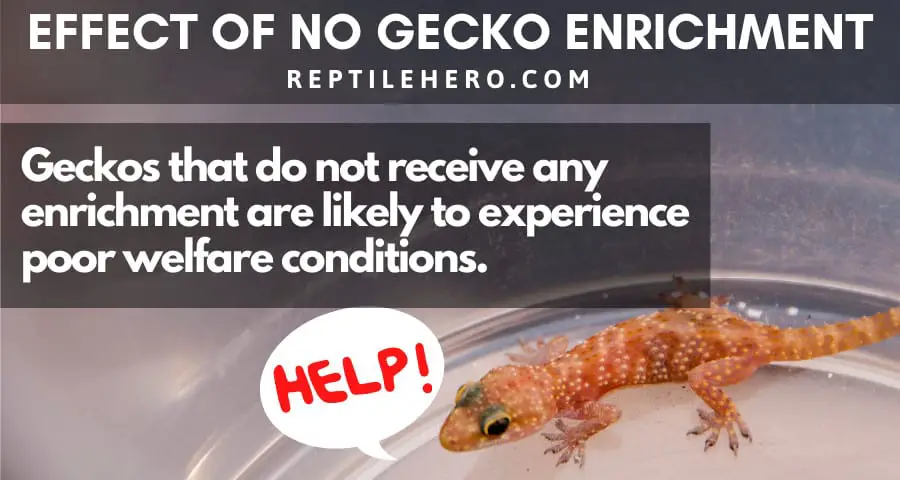
So as you can see—and as I mentioned earlier—it’s clear that keeping our geckos engaged, entertained, and stimulated indeed plays a big role in giving our geckos a good life!
Can Enrichment Harm Your Gecko?
Enrichment can harm a gecko if it is not properly planned, executed, and evaluated. There are numerous potential harms for geckos because of enrichment including, but not limited to, cuts, digit loss, and even the spread of infections.
You could easily find many horror stories with geckos and badly planned and poorly executed enrichment strategies.
Bloody Cuts From Enriching Tank Decor
Many different items whether only placed temporarily into your gecko’s tank or permanently incorporated into it can cut into your baby’s scaly skin.
Really sharp tiles and rocks, for example, have great enrichment value as they make enclosures feel more naturalistic. However, they are very dangerous and need to be smoothed down before being added to the tank.
Otherwise, your gecko may inadvertently get a bloody nose from trying to get shed off of its nares.
Digit Loss From Tiny Holes and Slits
Novel toys and items are rarely ever designed for our cute little geckos. If I were to be more specific, these typically have a lot of tight areas that our gecko could get stuck in—more than that, they could do a great deal of serious damage!
Hamster wheels, for one, conventionally have several little slits across the entire wheel. When your gecko does end up getting its sticky little toes caught in one of those and still can’t stop the wheel from spinning, your gecko’s going to end up missing some, if not all, of its digits.
Spread of Infection and Pests From Exchanges
One of the easiest ways to give your lizards enrichment, if you own many, is to simply exchange different decors and furnishings (e.g., wood, hides) between their tanks.
But if you don’t regularly have your scaly babies checked and tested by an exotic veterinary, you could easily be causing cross-contamination of mites, infections, and what have you.
Further Questions
Why is my gecko not responding to enrichment?
Geckos may refuse to move if they are closely watched by humans, who are potential predators. Not all geckos show immediate reactions to enrichment. It’s also possible that they don’t find it interesting enough. Lastly, remember that not all geckos may be able to react or perform certain tasks—especially if they are sick or have mobility issues.
Is it normal for a gecko to display fear of novel items?
It is normal for geckos to display fear of novel items. This is referred to as neophobia and it is linked to ensuring their survival in the wild. It helps geckos evade and escape potentially dangerous objects, animals, places, and situations.
Are enrichment and entertainment the same thing?
Although enrichment and entertainment are commonly used interchangeably, they are not the same. Enrichment strategies can also have an entertainment value for geckos. But not all kinds of entertainment can have an enrichment value.
Summary of What is Enrichment for Geckos?
Experts highly advise keepers and breeders to incorporate various enrichment items and opportunities into their daily lives to promote better husbandry standards and practices.
In addition, numerous studies have shown that giving geckos appropriate enrichment strategies for their species has various benefits. Conversely, the absence of enrichment can be highly detrimental and even deadly for geckos in captivity.
Sources
[1] https://vet.ucalgary.ca/community/learning-animal-health/animal-interactions/reptiles-and-husbandry
[2] https://www.sciencedirect.com/science/article/abs/pii/S0168159113001214
[3] https://www.sciencedirect.com/science/article/abs/pii/S109491941500002X?via%3Dihub
[5] https://www.sciencedirect.com/science/article/pii/B072169327X500080
[7] https://theshapeofenrichmentinc.wildapricot.org/resources/Documents/hare_2008.pdf

![6 Reasons Why Geckos Make a Clicking Sound [With Science]](https://www.reptilehero.com/wp-content/uploads/2021/01/Gecko-Vocalization-768x576.png)
